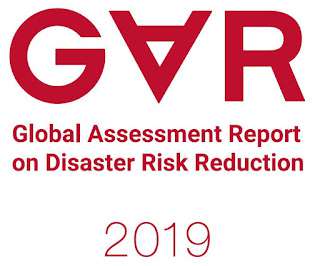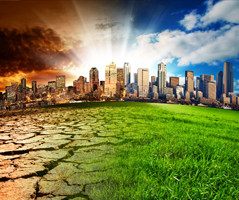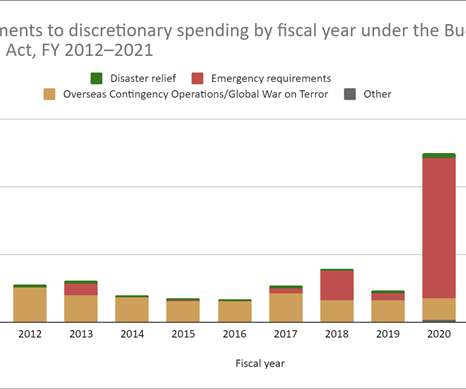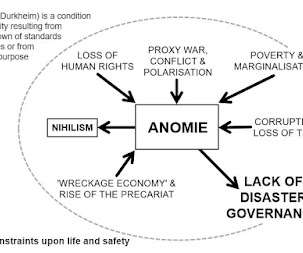The 2019 Global Assessment Report (GAR)
Emergency Planning
MAY 30, 2019
One of the most intransigent problems with the predecessor of the Sendai Framework, Hyogo Framework for Action, 2005-2015, was its resolute reliance on a 'top-down' approach. Recommendations for a Post-2015 Disaster Risk Reduction Framework to Strengthen the Resilience of Communities to All Hazards. UNISDR 2005. GNCSODR 2015.















Let's personalize your content